
Editor's Note: This story originally appeared on Point2.
Starting a vegetable garden is a fantastic way to become self-sustainable. And with spring arriving, there’s no better time to start planning.
Here’s our guide that will help any beginner gardener prepare.
1. Pick Your Location
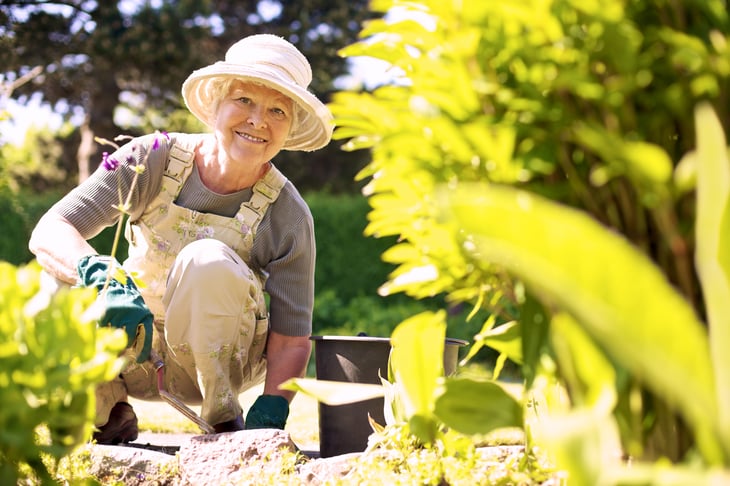
Take a look at your garden and observe how much light it gets throughout the day. Most vegetables need at least six hours of direct sunlight to grow.
However, not all plants need the same amount of light, which can work to your advantage. For example, a garden that receives full sun is perfect for growing tomatoes, peppers, squash or strawberries.
Meanwhile, a garden that receives partial shade is better suited for crops such as cabbage, carrots, kale, broccoli and spinach.
2. Check Your Local Hardiness Zone

Your local hardiness zone will decide what you can grow and when. In warmer, frost-free climates, you can grow whatever you want whenever the mood takes you. For example, in USDA Hardiness Zones 9 to 12, you can start sowing tomatoes as early as January.
But in cooler climates, you will need to wait until the frost has passed.
You can find your plant hardiness zone here: for the U.S. and for Canada.
3. Decide Which Plants to Grow

If you’re a beginner vegetable gardener, you’ll want to pace yourself and start with easy, low-maintenance crops. Some of the best choices include herbs, leafy greens such as spinach and lettuce, onions, garlic, green beans, beets and radishes.
Once you get a feel for your garden and how your plants grow, you can move on to more challenging vegetables, such as asparagus, corn, artichokes, cauliflower or exotic crops such as kiwi or Asian eggplants.
4. Buy Gardening Supplies
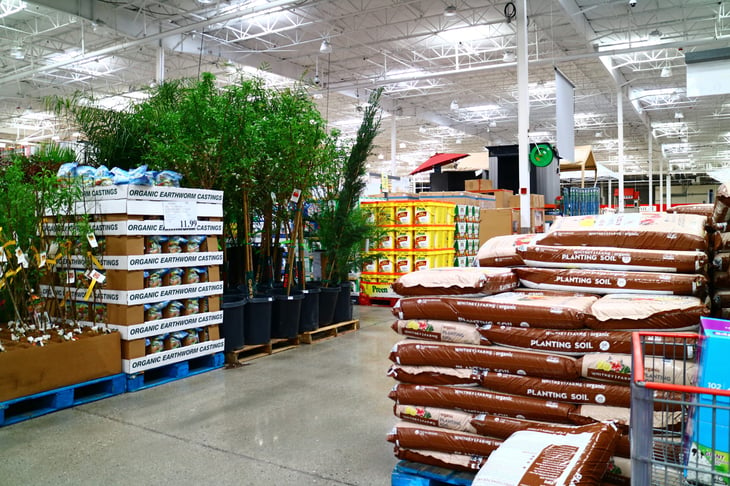
Every gardener should have the following tools in their “arsenal”:
- Shovel
- Rake
- Garden fork
- Hand trowel
- Gardening scissors or pruners
- Gardening gloves
- Wheelbarrow
- A long hose for easy watering
- Saw and drill, if you’re building garden beds and supports
- Seedling trays if you’re planning to start your vegetable seeds indoors
Always go for quality tools and avoid buying plastic utensils. They may be cheaper, but they’re not durable, and you run the risk of them breaking when you need them most.
5. Test and Amend the Soil
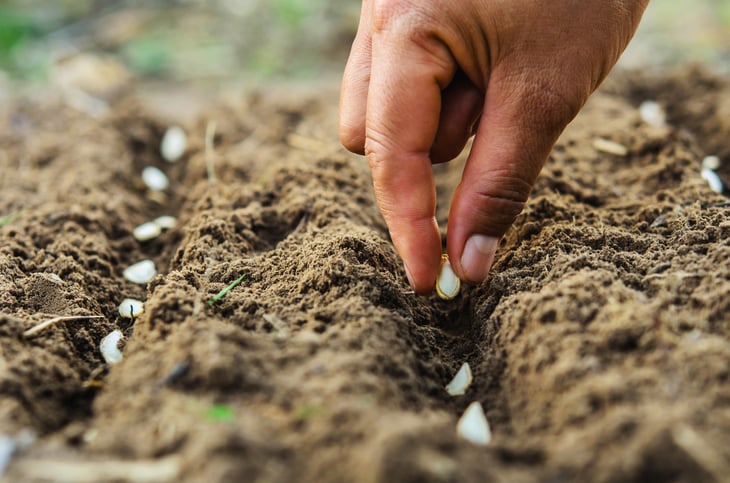
The ideal pH range for growing most vegetables is between 6.0 and 7.5. For acidic soil, you can improve the pH through liming. For alkaline soils, you can lower the pH by adding sulfur and sulfates.
You will also need to improve soils that are either clay-heavy or too sandy. The best way to do so is by using natural soil amendments such as compost, manure, pine bark and dried leaves, which will provide drainage as well as give your plants a nutrient boost.
6. Prepare the Planting Site
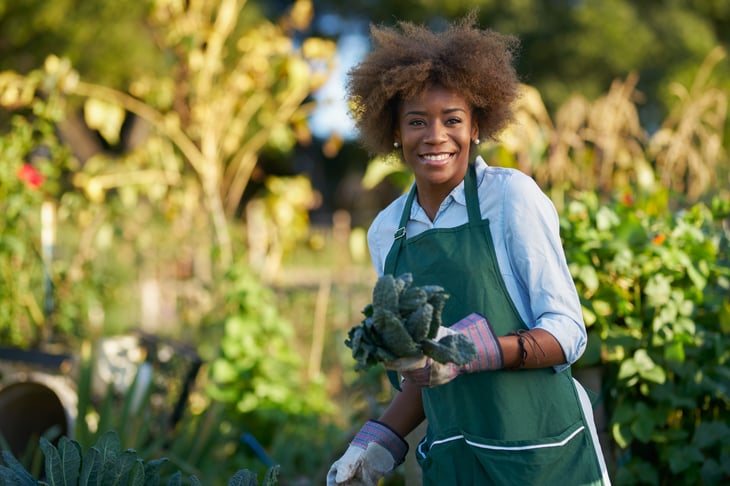
Decide on your layout: You can plant your vegetables in rows, a grid pattern, even a spiral. Also, take a moment to decide if you’ll sow your plants directly in the soil or whether using raised garden beds or straw bales might be easier for you.
Use a shovel, fork and rake to clear and tidy up your planting site as best you can. This includes weeds and fallen leaves, but also rocks and other debris.
For stubborn weeds, try covering the plot with a thick plastic tarp for a few weeks. Then remove the dead weeds, dig up the soil to a depth of 1 foot and incorporate plenty of compost and manure.
In a large vegetable garden, you’ll also want to make sure watering doesn’t take too much of your time. An irrigation system with a timer will help, but you can also make a simple drip feed system using soaker hoses. If you’re growing climbing plants such as beans, squash or cucumbers, you’ll also need to set trellises or other supports in place.
7. Sow and Maintain Your Garden
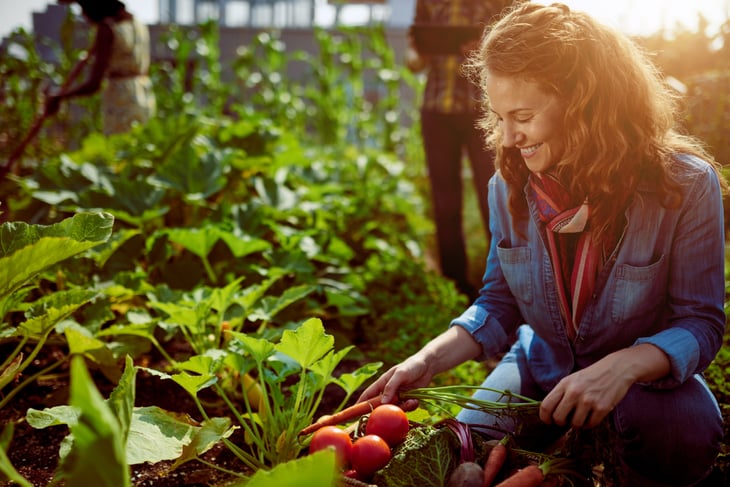
Once the weather gets warm enough, you can start sowing your vegetables. Check the instructions on the seed packet for the recommended spacing. Most vegetable seeds will germinate in about two weeks.
Keep your seedlings well-watered, weed regularly and check for pests and diseases every day. As your vegetables grow, add some mulch to your garden to help preserve soil moisture. One month after your seeds have sprouted, you can also use a balanced organic fertilizer to give your plants a boost.
8. Get Ready to Harvest
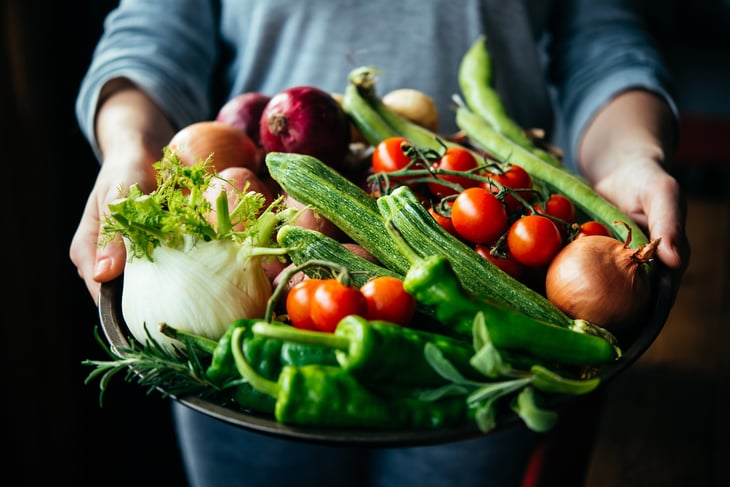
Before you know it, all your hard work will pay off, and it’s time to think about harvesting. Leafy greens are typically ready in a month.
Bush beans, green onions, cucumbers, beets and kale take around two months to mature. For tomatoes, peppers or squash, you’ll need to wait about three months.
Harvest your vegetables regularly, and don’t forget about preserving some for the winter months.




Add a Comment
Our Policy: We welcome relevant and respectful comments in order to foster healthy and informative discussions. All other comments may be removed. Comments with links are automatically held for moderation.